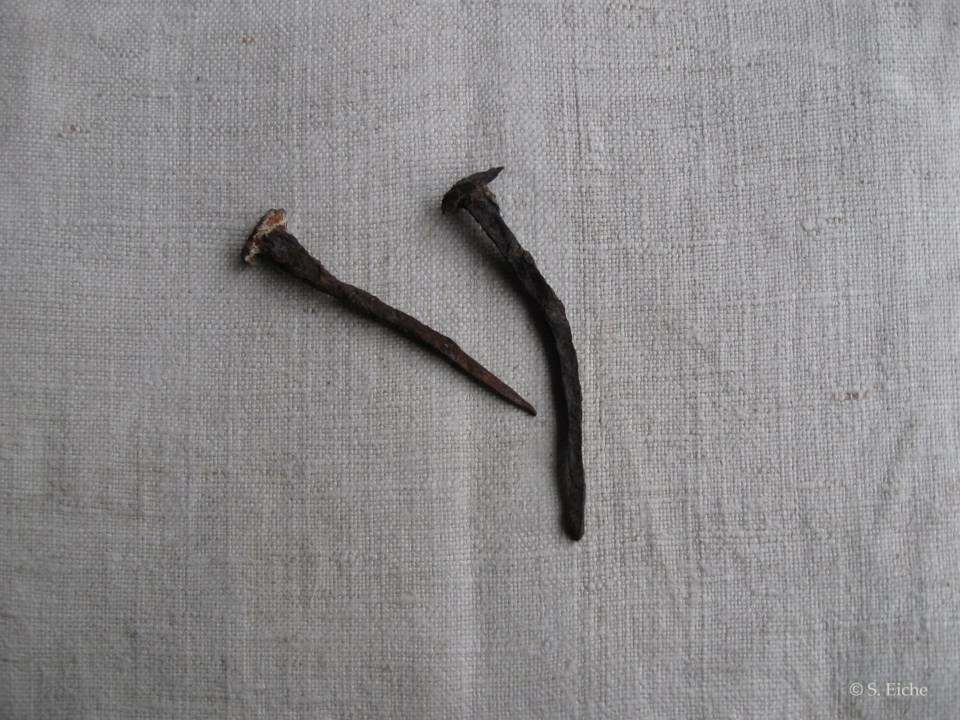Once upon a time, humans made things by hand. Eventually, machines were built (by hand) to facilitate their tasks and drive up productivity. Supply usually met demand. This state of affairs lasted for a long time, but then things changed — gradually, to begin with.
Now, two disturbing developments seem to be running along parallel tracks. An increase in the number of humans populating Earth is occurring at the same time as a decrease in the number of humans working to sustain us in our day-to-day lives. In essence, it’s not a totally new situation since machines have been taking on some of the labour of humans for centuries. But previously machines often depended, to a greater or lesser extent, on the involvement of humans. What is disturbing now is that the machines leading to a decrease in human involvement are in fields that are currently expanding with unprecedented speed — especially digital technology, artificial intelligence, and robotics.
However, robots, like machines, are nothing new. When first created, they were intended to imitate animals and humans. About 500 years ago, Leonardo da Vinci built a mechanical lion for the entertainment of French king Francis I. The lion made its way across a room, and when it was face to face with the king its chest sprung open to reveal a bouquet of lilies, the flower symbolic of French royalty. Leonardo is believed to have also created a robotic knight, capable of moving its limbs as well as its head, including the jaw. The idea, of course, was to demonstrate that human artifice had the ability to mimic if not rival nature. An even earlier example of this conceit is found in an account in Pliny the Elder’s Natural History, which was completed in 77 AD. In Book XXXV, Chapter 36, Pliny describes a work by the ancient Greek artist Zeuxis (5th century BC) which included grapes painted so realistically that birds tried to peck at them.
Human artifice collaborating with technology is a popular theme in the relatively new literary genre of science fiction. Some of the early works are eerily, almost frighteningly, prescient. E.M. Forster, probably best known for his novels Room with a View and Passage to India, brought out a short story in 1909 entitled “The Machine Stops.” Anyone who reads it today will shiver at the descriptions of what sound like the forerunners of the internet, email, Zoom and Skype, all served up with plenty of doom and gloom.
In 1954 Roald Dahl published the short story “The Great Automatic Grammatizator,” about a machine that could be programmed to write (and print out) stories in a matter of seconds and novels in a few minutes.
Does Dahl’s "grammatizator" suddenly sound familiar? Fast forward to November 2022 and we meet ChatGPT, created by Open AI, an artificial intelligence research company founded in 2015. ChatGPT (GPT stands for generative pre-trained transformer) “is a machine that can persuasively mimic human language." By Jan. 3, 2023, New York City schools had banned ChatGPT “across all devices and networks in public schools.” But, of course, the ban can’t be enforced outside school.
A year earlier, Open AI had presented DALL-E, which is capable of generating images from text descriptions. It has since been superseded by a new AI system named DALL-E 2. I wonder if these AI-generated images will possess the same bewitching power as that attributed to Zeuxis’s painting created 2,500 years ago?
What started out long ago as human artifice rivaling or mimicking nature has become artificial intelligence mimicking (and eventually rivaling?) humans. Will “made by humans” become as rare a label as “made by hand”? It’s true that we make very little by hand anymore, even though we still have appendages called hands. Is it because we don’t have the time, given that our time is taken up by engaging with all those smart and intelligent devices that now run our lives and save us time? Time for what? Not, apparently, to use our minds.
Sabine Eiche is a local writer and art historian with a PhD from Princeton University. She is passionately involved in preserving the environment and protecting nature. Her columns deal with a broad range of topics and often include the history (etymology) of words in order to shed extra light on the subject.



